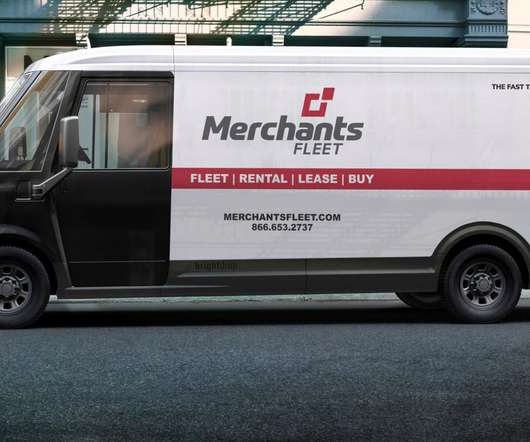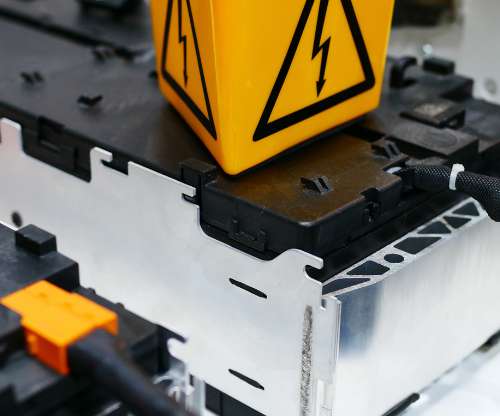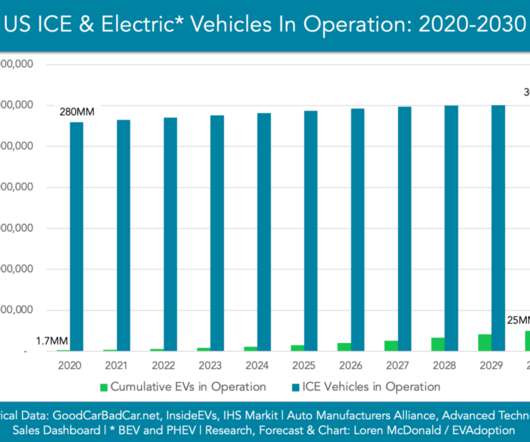Emerging Fleet Trends—Going Electric
Clean Fleet Report
OCTOBER 21, 2022
They are now considering electric hybrid (HEV), plug-in hybrid (PHEV), battery electric (BEV) and soon hydrogen electric (FCEV) vehicles. Companies looking to expand their fleets often look to professionals that help research the proper vehicle for their needs, negotiate purchases, maintenance and overall fleet management.












Let's personalize your content